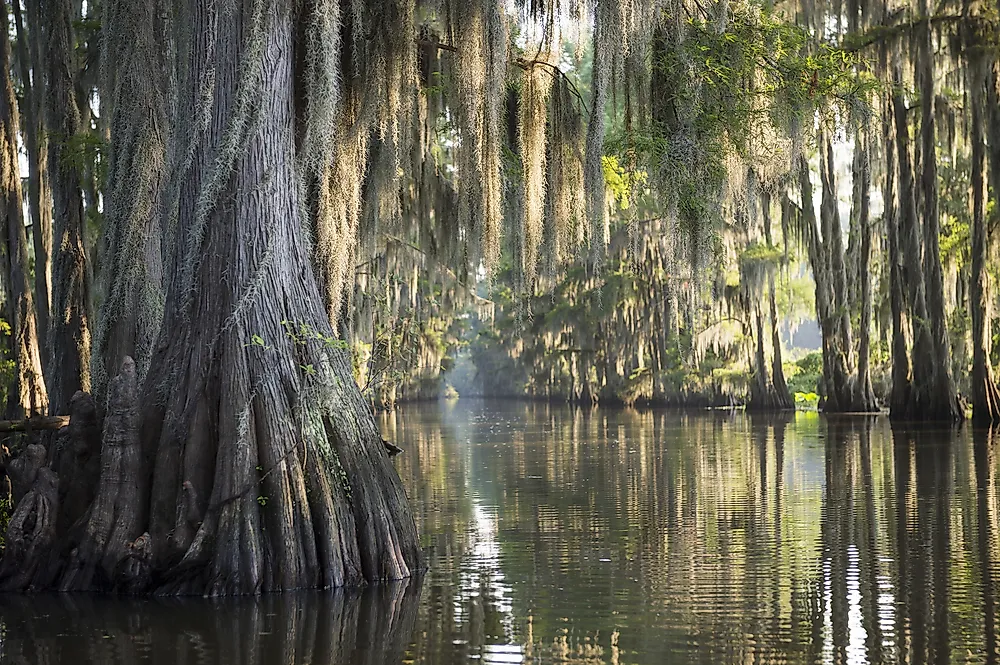What is the Difference Between Marshes and Swamps?

The terms "marsh" and "swamp" are frequently used in an interchangeable manner. Although they are similar, there are marked differences between the two.
Similarities Between Marshes and Swamps
Marshes and swamps are wetlands, land forms with the trait of being saturated in water. Swamps and marshes can be composed of freshwater, salt water, or brackish water (mix of fresh water and salt water). Marshes and swamps also both have aquatic vegetation.
What is a Marsh?
A marsh a type of wetland where herbaceous plants are the dominant vegetation. An herbaceous plant is a plant that does not have any woody stems above the ground. Grasses and reeds are the most common plants found in marshes. Most woody plants that live in marshes are shrubs that grow to low heights. A marsh can be thought of as a wetland dominated by grassland. Cattials, papyrus, and sawgrass are some of the grasses and reeds found in marshes. Some of these plants were of immense importance during antiquity. Cattails, also known as bulrushes, have been used to make boats. In some places, they are still used for making boats. Papyrus was used for making paper in ancient Egypt.
Marshes are often found near the fringes of lakes and streams. A marsh often serves as a transitional area between land and aquatic ecosystems.
What is a Swamp?
A swamp is a wetland dominated by trees and other woody plants. This type of wetland is often found along large rivers and lake shores. Swamps often have stagnant, slow-moving water. Swamp vegetation is often dependent on the water level fluctuation. This in particular is the case with swamps found near large rivers.
There are two kinds of swamps: swamp forest, and shrub swamps. Swamp forests are better known as freshwater swamp forests or flooded forests. These are swamps in which forests are saturated with freshwater during part of the year, or permanently. They exist near freshwater lakes and the lower portions of a river. This type of swamp can be found in a variety of climates and biomes, from the tropical climates near the Equator to the cold boreal forests of Subarctic regions.
A shrub swamp is not considered a "true swamp" like a flooded forest is. This is considered a "transitional swamp". This type of swamp is the transitional area between a meadow and a flooded forest. A natural disaster, such as fire, flood, or a storm, will be followed by a shrub swamp.
As mentioned before, a shrub swamp is a transitional swamp, from a meadow to a "true swamp". A meadow might be drained and this progresses to a shrub swamp, and later a "true swamp", also known as a swamp forest. The majority of a shrub swamp must consist of shrubs. Tree cover exists within shrub swamps. However, tree cover usually makes up 1/5 or less of a shrub swamp.
Differences Between Marshes and Swamps
To define both landforms briefly, a marsh is a wetland composed mainly of grasses and reeds found near the fringes of lakes and streams, serving as a transitional area between land and aquatic ecosystems.. A swamp is a wetland composed of trees and shrubs found along large rivers and lake shores. Wetlands are an important part of the environment. These are ecosystems with a high range of biodiversity. They play a part in the carbon sink, flood control, and water purity.











